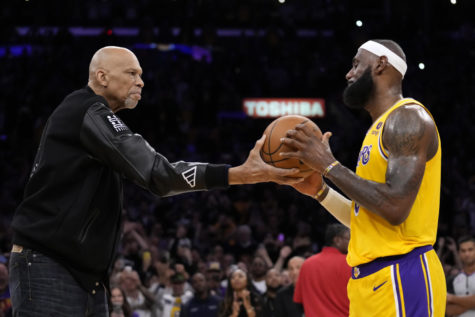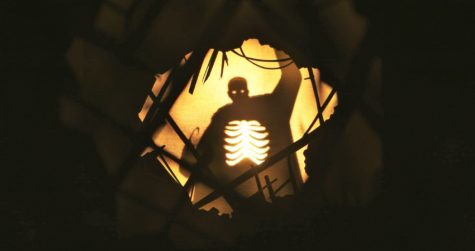History classes should be reorganized to highlight main events
Published Apr 19, 2012
Juan Sola-Corbacho, an adjunct history professorwith the Department of History and Geography, said it was impossible to cover everything in a history class.
Unfortunately, I can see what Sola-Corbacho is saying. I am taking Sola-Corbacho’s History of Russia: 1861 to Present Day this semester. There are only a few weeks left until the end of the semester, and we only recently have started covering the beginning of the Cold War. There is no way we can cover 60 years of history in fewer than
two weeks.
Classes could be reorganized so that the more relevant aspects of those classes are highlighted above those that some might consider mere footnotes.
This would not be easy. What would you include? What would you exclude? These are not easy questions to answer. The structure of a history class is very important.
“I usually follow a chronological order to what I cover in my classes,” Sola-Corbacho said. “This typically means the last part of the class is out.”
This is what is happening in the history class I am taking. We are not going to be able to cover any Russian history from
as early as 1975.
One solution could be to split classes like my History of Russia class into two. For example, there could be History of Russia: 1861 to 1960 and History of Russia: 1961 to Present Day.
“When I was a student, all of the classes I took were eight-month classes. We were able to cover much more information,” Sola-Corbacho said.
Unfortunately, the education system that is currently in place does not allow for eight-month classes.
“I don’t have time to study everything,” Sola-Coracho said. “This is not good for students taking the class.”
History is a never-ending story. It happens everyday. Splitting classes like History of Russia can only help students who are taking such classes to study history up to the present day, and this is a good thing.
Shain E. Thomas is a senior film-television-digital media major from Scotland.












